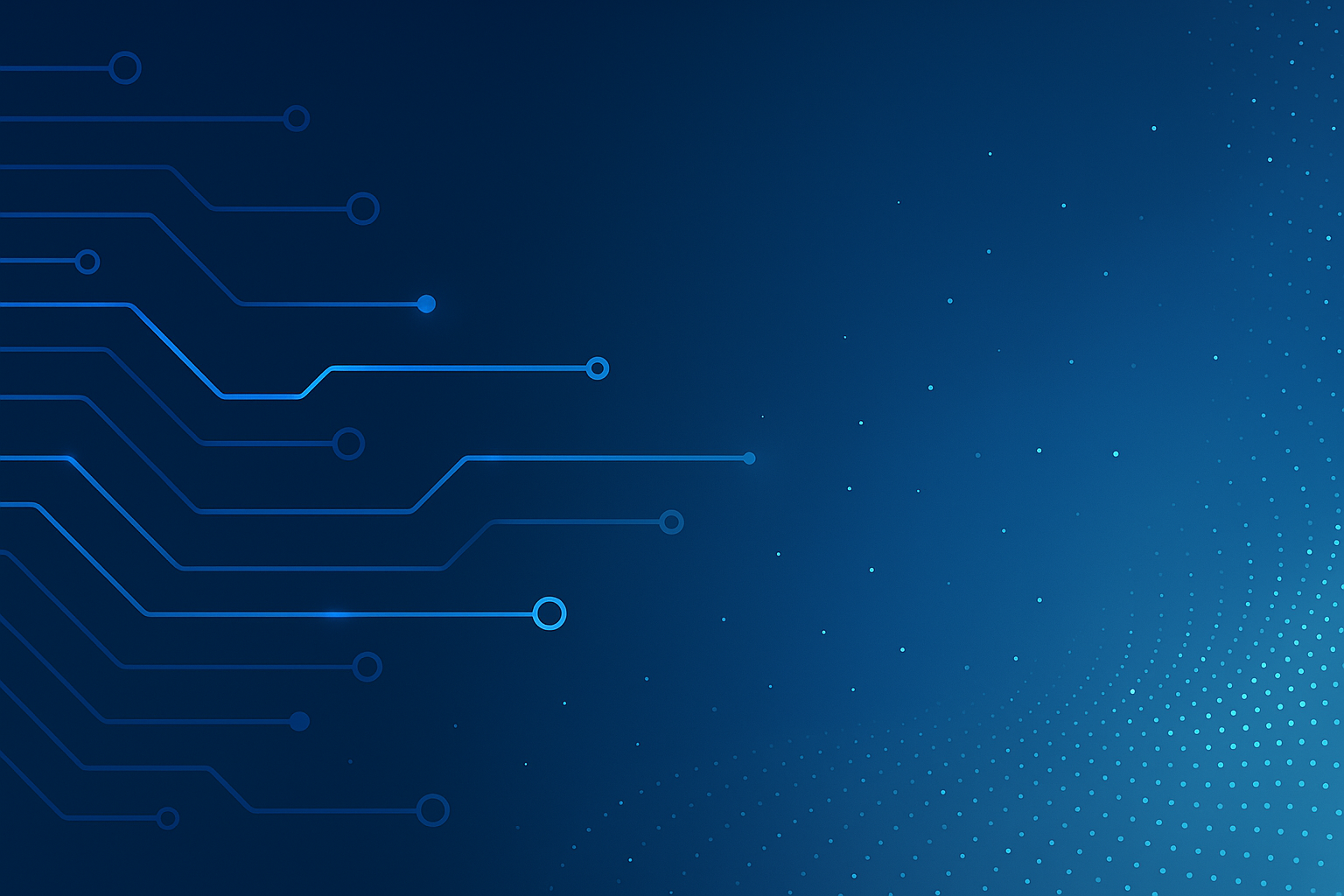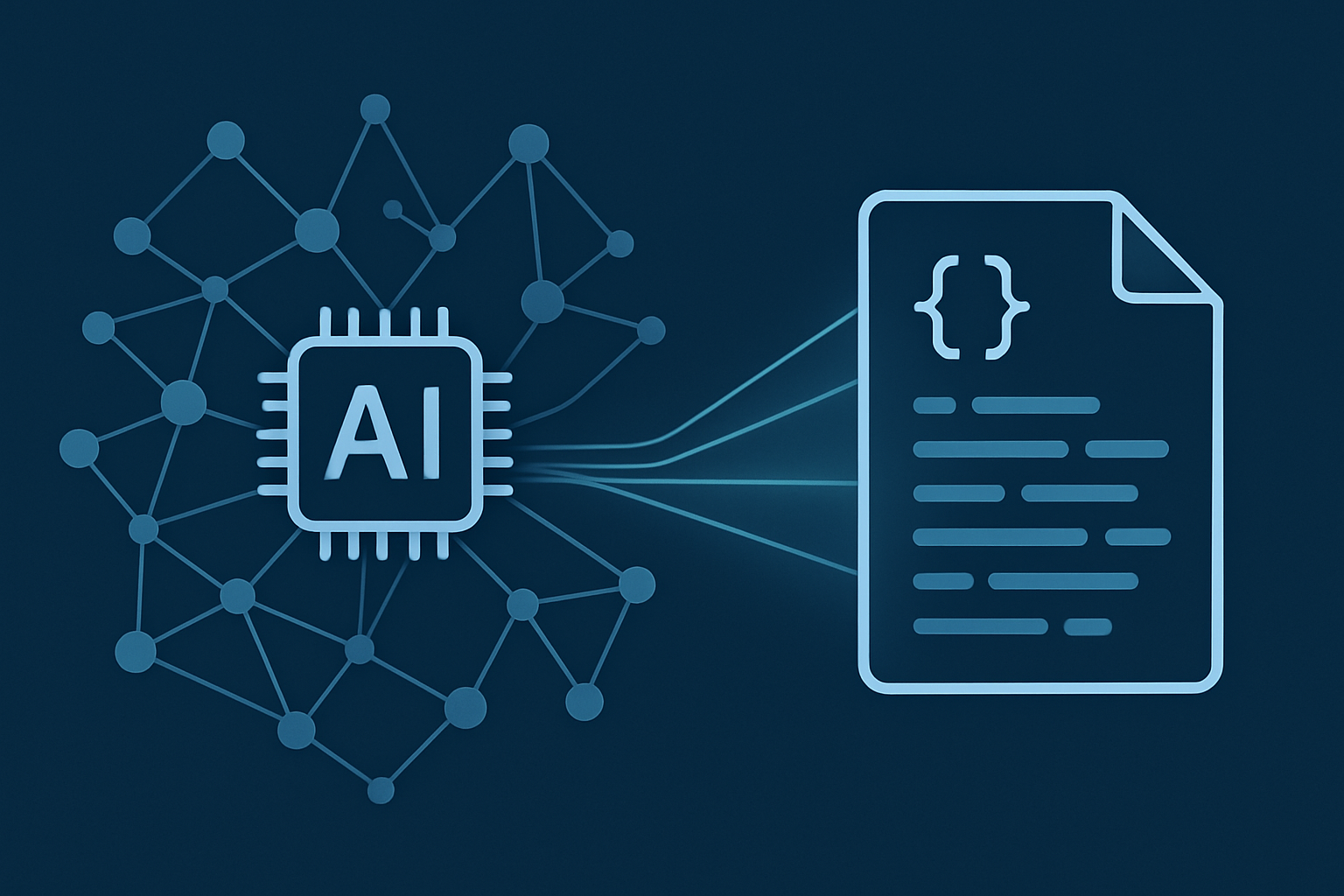Apps in ChatGPT: What the New Apps SDK (Built on MCP) Means for Builders and Brands
When OpenAI announced that ChatGPT would begin supporting a new Apps SDK built on the Model Context Protocol (MCP), the developer and business...
3 min read
 David Mantica
Oct 31, 2025 12:01:13 PM
David Mantica
Oct 31, 2025 12:01:13 PM

The modern enterprise runs on complex systems, cross-functional initiatives, and constant change. In that landscape, the Technical Program Manager (TPM) has become one of the most strategically important roles in technology delivery. Originally born in big tech, the TPM’s influence is expanding across industries—from healthcare and energy to finance and law.
But as generative AI reshapes how organizations build, deliver, and govern technology, the TPM’s job description is evolving again. It’s no longer enough to manage delivery. The next generation of TPMs must understand AI systems deeply enough to connect strategy, architecture, and value—bridging the gap between technical execution and business outcomes.
Over the past two decades, project delivery has shifted from project managers to Scrum Masters, then to agile program roles. Now, large organizations are leaning on Technical Program Managers to operate like internal entrepreneurs.
Rather than waiting for business stakeholders to define priorities, TPMs are expected to own the initiative—balancing architecture, product strategy, data, and financial impact. In essence, they treat each major initiative as its own business, not just a series of tickets.
For example, when Netflix decided to introduce ad-supported streaming tiers, it wasn’t a traditional “IT project.” It required cross-functional leadership, technical fluency, and strategic trade-offs about monetization and user experience. That’s where the TPM role shines: it operates at the intersection of technology, product, and business.
Traditionally, stakeholders demanded more value for less cost. With AI, there’s a new expectation: speed.
Tools like Figma, ChatGPT, and GitHub Copilot have shortened design and development cycles that once took weeks or months.
A healthcare client, for example, might prototype a new patient portal in hours instead of weeks. That means TPMs now face a dual challenge:
Leverage AI to accelerate delivery while maintaining governance.
Upskill themselves to manage AI-enabled teams and initiatives effectively.
The pressure for velocity is real—but unchecked speed without understanding leads to rework, risk, and runaway costs.
Today’s TPMs must navigate a growing menu of AI project types, each with different architectures, risks, and budgets.
Here’s how they break down:
Machine Learning (ML): Traditional predictive modeling—forecasting churn, fraud detection, or demand planning using structured data.
Generative AI: Creating new content or insights from large language models (LLMs) such as GPT or Claude.
RAG (Retrieval-Augmented Generation): Enhancing LLMs with internal company data for domain-specific outputs (for example, using proprietary legal documents to generate compliant drafts).
Agentic AI: Autonomous systems that not only generate responses but take actions—booking flights, updating databases, or triaging support tickets without human input.
Understanding these distinctions is essential. A TPM must know whether a project’s goal is predictive analytics, content generation, or autonomous decision-making—and manage risk, cost, and compliance accordingly.
AI projects are expensive.
According to industry benchmarks, enterprise AI initiatives cost between $3 million and $7 million each, often with portfolios of multiple concurrent projects. But what’s new is where those costs come from.
Instead of headcount, many organizations now pay for token consumption—the computing cost of using large language models through APIs. It’s a modern echo of the mainframe era, where processing time equaled dollars.
One energy-sector client reportedly received a $484,000 cloud bill in a single month, largely due to ungoverned AI automation. For TPMs, that underscores a key skill: AI cost governance. Monitoring API usage, setting boundaries, and tracking ROI are as critical as managing sprints or Gantt charts.
Project managers looking to transition into technical program management need more than certifications—they need fluency in how technology is built.
That doesn’t mean every TPM must code. But understanding software fundamentals—objects, classes, methods, APIs, and architecture concepts like partitioning or fault tolerance—empowers TPMs to ask better questions, estimate more accurately, and lead with confidence.
Those fundamentals make it easier to guide AI initiatives, where ambiguity and technical complexity often collide. It’s also what separates a “task manager” from a strategic translator—someone who can bridge data science, engineering, and business strategy.
Not every TPM can master every domain. The field is diversifying into specialized tracks:
AI and Data Analytics
Cybersecurity
Infrastructure and Cloud
Product Engineering
Organizations increasingly seek TPMs who combine broad leadership with deep domain knowledge. A cybersecurity TPM, for example, must understand threat modeling tools and compliance frameworks, while an AI TPM must navigate model tuning, privacy, and data pipelines.
The Technical Program Manager’s evolution mirrors the enterprise’s own digital journey—from project oversight to business orchestration. In the age of AI, TPMs are becoming strategic integrators, connecting technology’s potential to measurable outcomes.
Their ability to translate between technical detail, executive vision, and AI capability makes them indispensable to modern organizations. The TPM isn’t just managing delivery—they’re shaping how the enterprise thinks, builds, and competes in the era of intelligent automation.
Interested in our courses, webinars, or corporate training solutions?
Send us a message and a member of our team will get back to you shortly.

When OpenAI announced that ChatGPT would begin supporting a new Apps SDK built on the Model Context Protocol (MCP), the developer and business...

Artificial intelligence has blurred the lines between human intent and machine execution. Once, building software required layers of requirements...

Marketers today face a dual challenge: audiences expect personalization, but teams are stretched thin managing tools, channels, and endless...